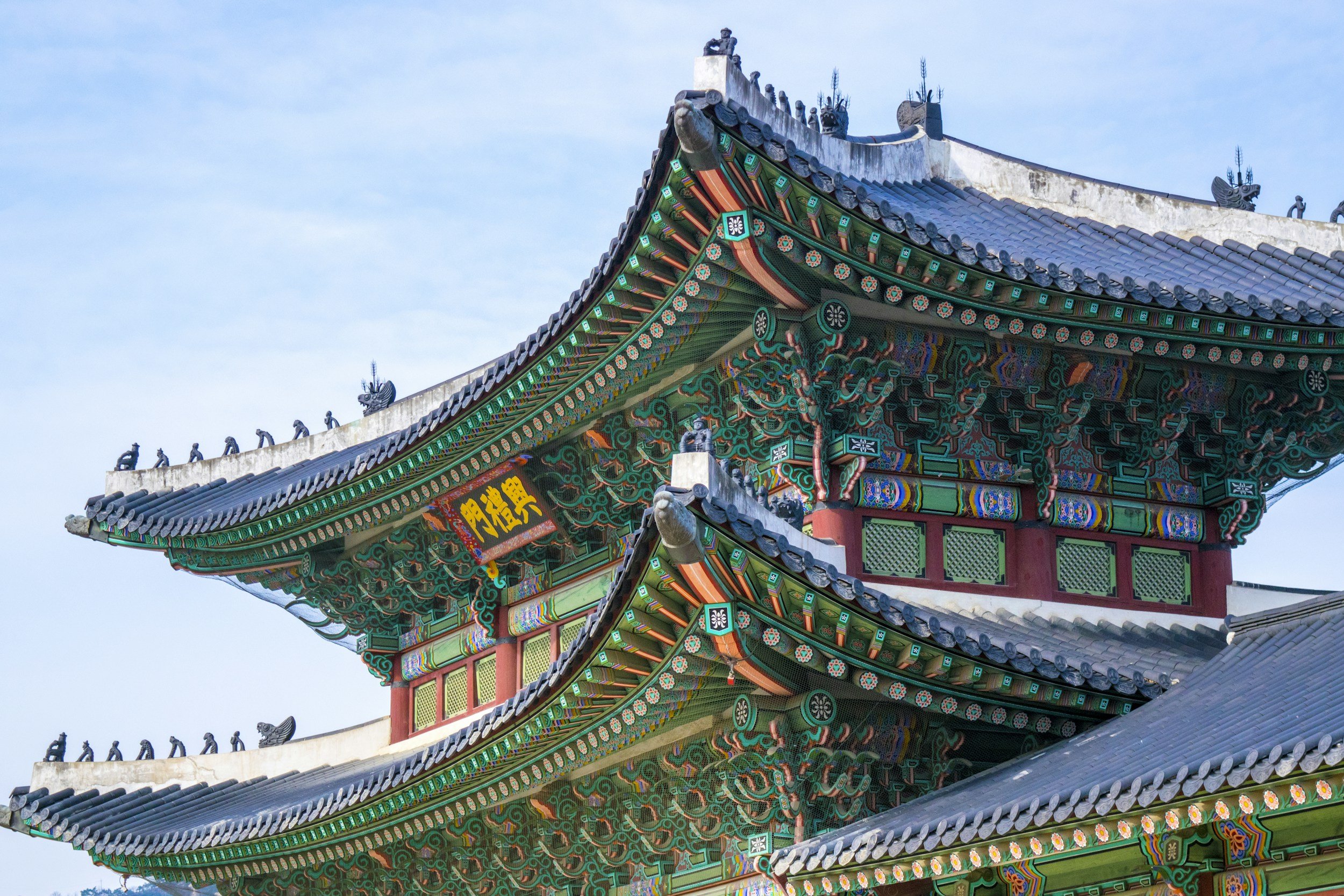
“I thought that no matter how many hills and brooks you crossed, the whole world was Korea and everyone in it was Korean.”
About
Korean immigrants in China, are often times referred to “Korean-Chinese”. In Korean, “Joseonjok”, and in Chinese, “Chaoxianzu”. Koreans in China include both ethnic Koreans living with a Chinese nationality, or South and North Koreans living in China with non-Chinese nationality. “Chaoxianzu” is the official name for this group of people, the 13th largest ethnic minority group in China. Nowadays, most Korean Chinese live concentrated around Northeast China and scattered in major cities such as Qingdao, Shanghai, and Beijing. According to the South Korean government report of “Status of Overseas Koreans”, the number of Koreans living in China is 2,109.727 people in 2023.
Changes of percentage of Korean Chinese population in Yanbian
Changes in Korean-Chinese back to South Korea since 1990
Song, C. (2014). Identity politics and the meaning of "homeland" among korean chinese migrants in south korea. Urban Anthropology and Studies of Cultural Systems and World Economic Development, 43(4), 441-479.
IMMIGRATION?
Korean immigrants faced similar problems to immigrants from all around the world. Koreans nowadays choose to move to China in search of economic and employment opportunities, a better quality of life in terms of healthcare, cost of living, as well as better policies. During the Korean war (formally known to happen from 1950-1953), Korean citizens experienced Diaspora, in which they were persecuted, oppressed, uprooted from their homeland, and relocated to new regions of the world. However, moving into the host country was not always welcoming for these groups who encountered indifference from the majority population in China, and found themselves segregated from the other groups. Studies have shown that individuals that are members of ethnic minority groups often are more likely to perceive discrimination from majority groups. As a result, the Korean-Chinese community formed a tight bond and developed positive ethnic identity, providing a sense of belonging and pride.
Photo Gallery
South Korea
•
China
•
South Korea • China •






